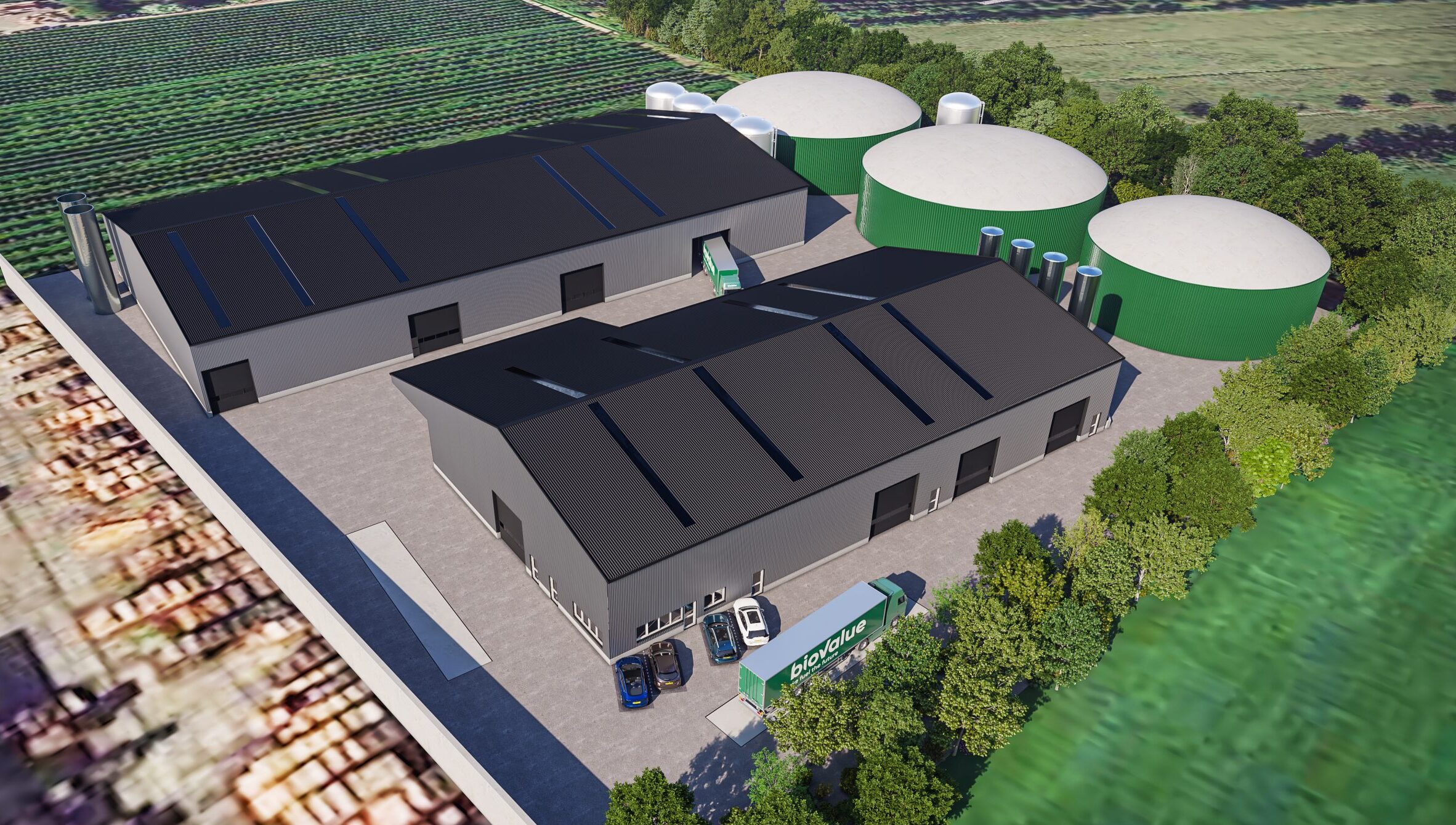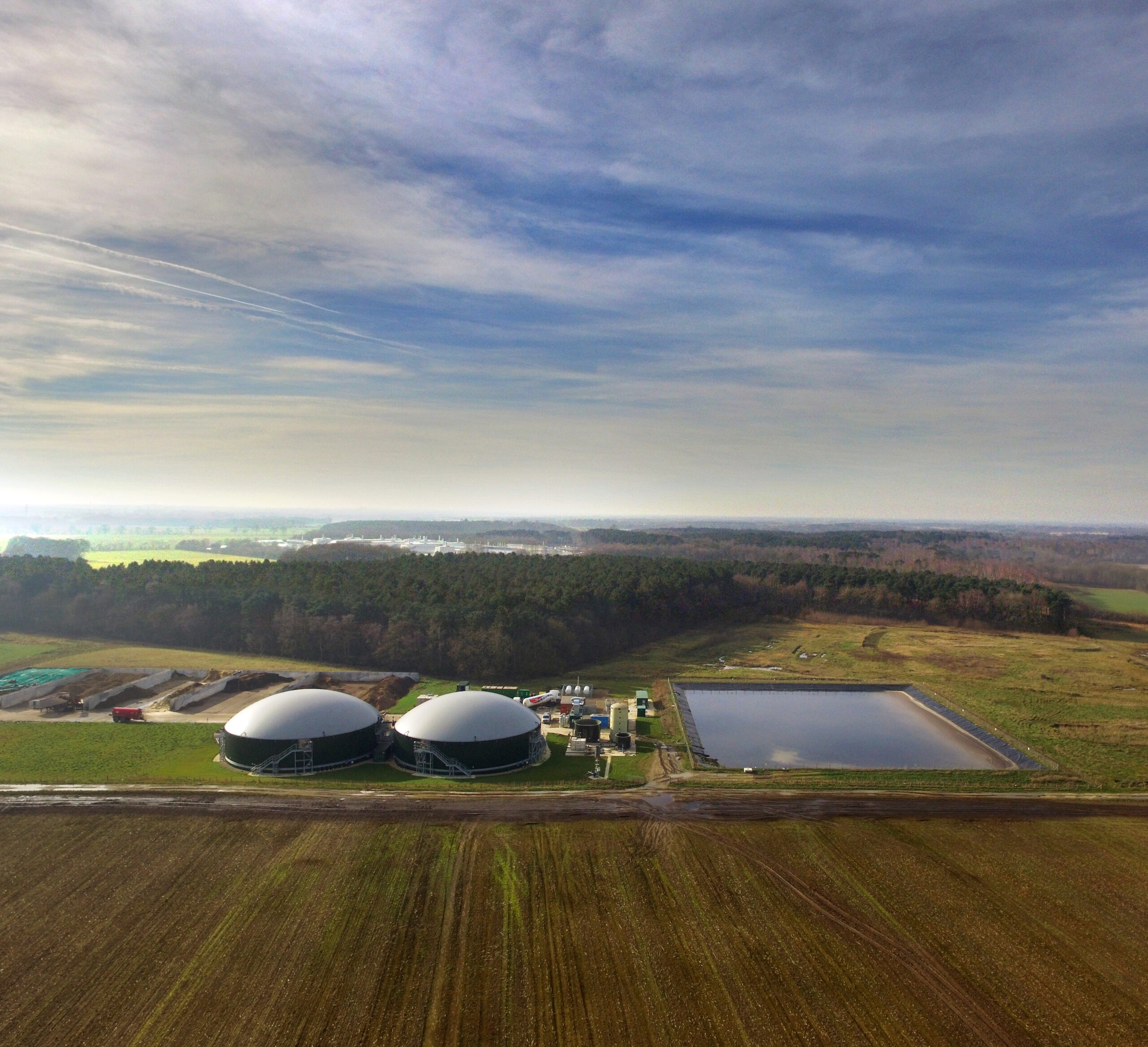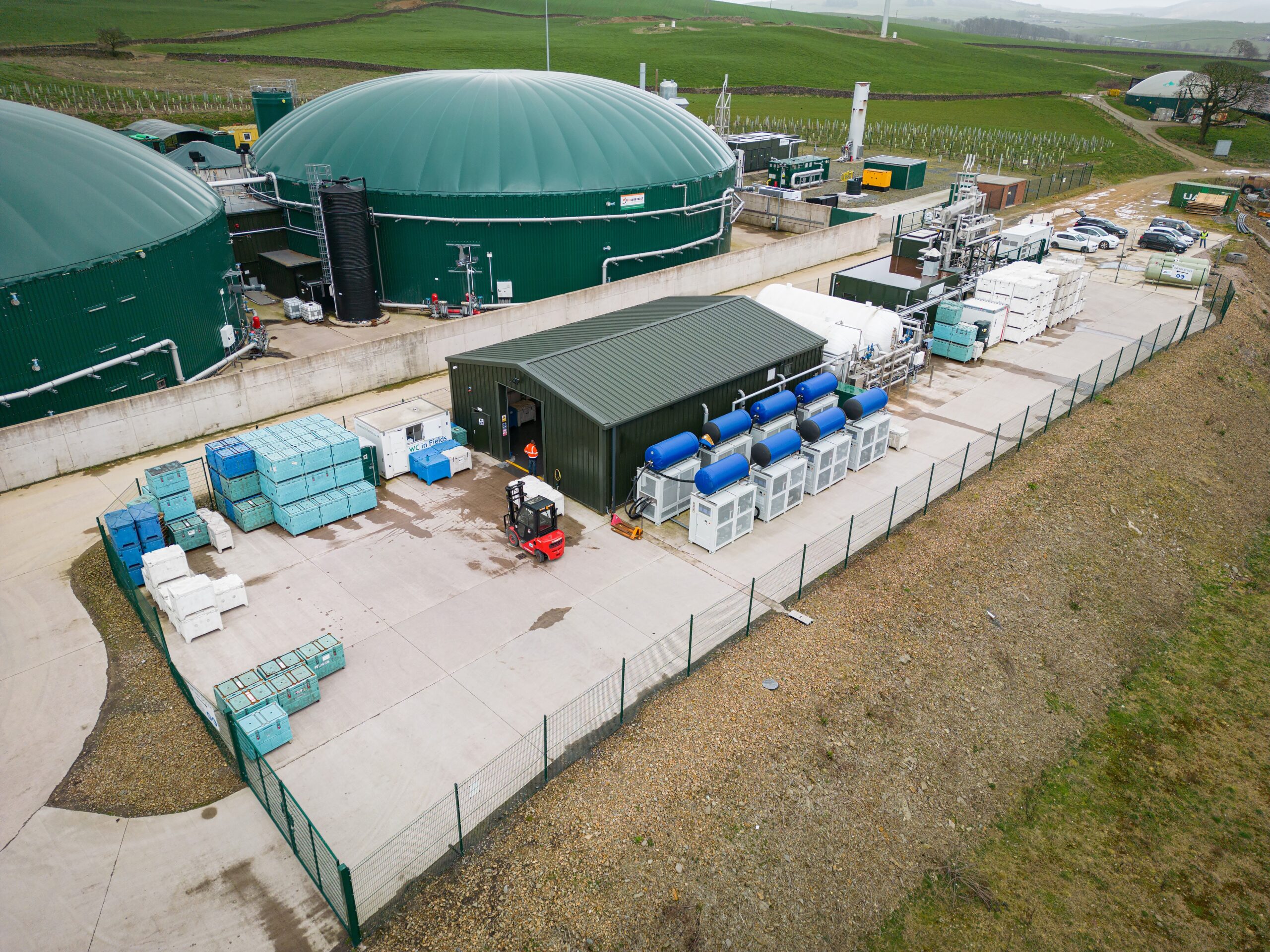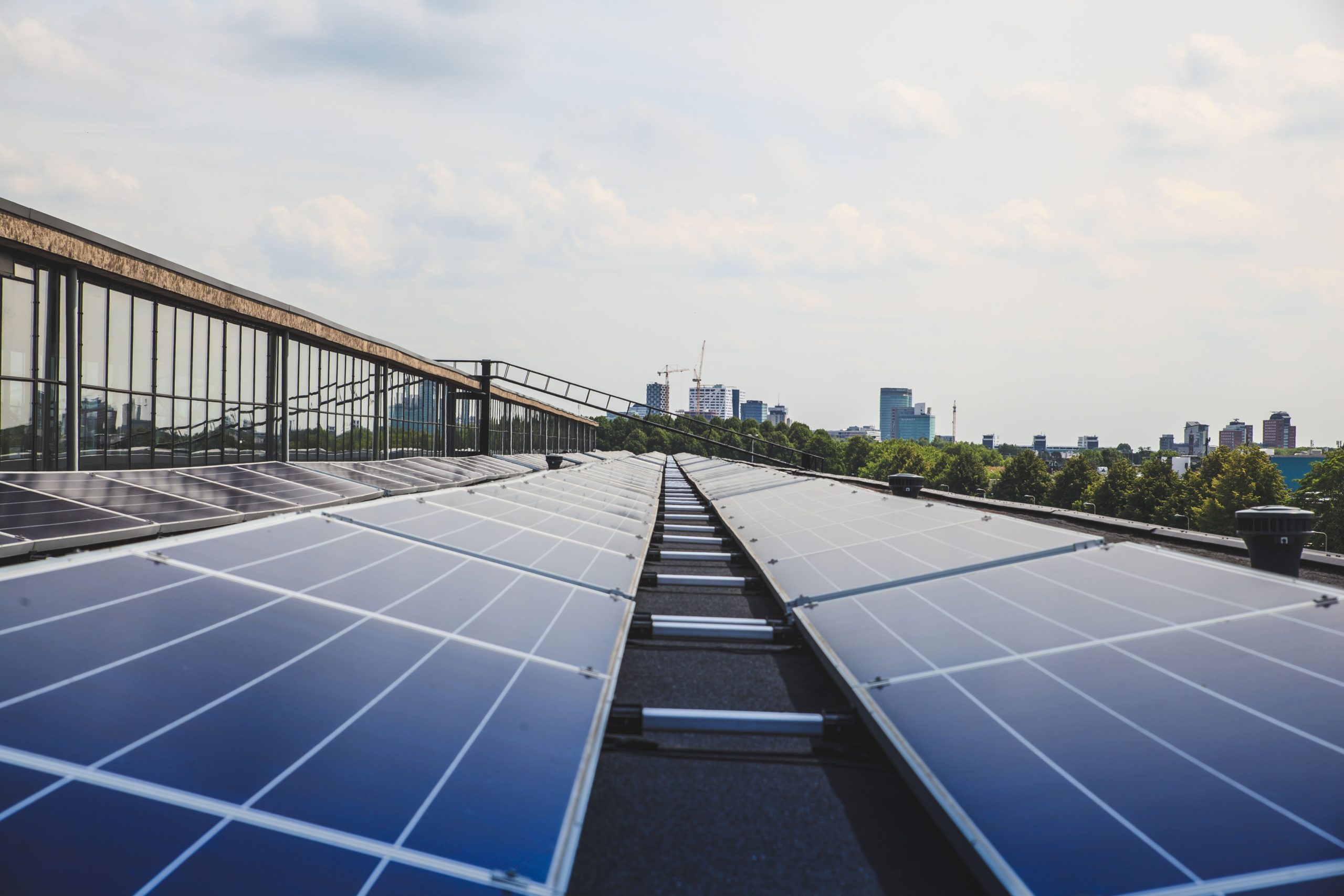For the last three years, there has been growing interest within the infrastructure investment sector in energy storage systems, specifically electricity storage using batteries, so-called battery energy storage systems or BESS. This has been driven by a number of really interesting macro-level factors which have the potential to drive economic and social change on a scale not seen since the industrial revolution in the mid and late 19th century.
When considering the challenges posed by battery storage to the infrastructure investor, it is well worth bearing in mind the impact and the speed of these global changes, and how these changes will interact with the risk appetite and mindset of the infrastructure investment community. Perhaps more importantly, the attitudes and preconceptions to infrastructure investment held by the wider investment and portfolio management industry must also be considered in this context.
Global Trends 101
We have to start with some sort of agreed position from where to make deductions about global trends over the lifetime of infrastructure projects in order to understand the challenges to be faced and opportunities offered. As a starting premise, I would like to contend the following:
“A significant rate of global warming is occurring right now as a result of the release of CO2 into the atmosphere from the combustion of fossil fuels by humans all around the world. This release of CO2 has historically been disproportionately caused by countries in Europe and North America but is now happening pretty uniformly across the globe. The effect of the warming of the global climate will have generally negative impacts on most people on the planet as sea levels rise, the availability of fresh water becomes restricted, and the weather becomes more volatile”.
Ewan Gorford – Asset Manager (and amateur futurologist) – Iona Capital – March 2021
Whilst there are elements of this statement that could be considered contentious to some, it seems like a reasonable place to start.
Deduction 1 – We have to stop burning:
If we are serious about the target set in the Paris Climate Accords of limiting global temperature rise to 1.5oC, the entire human economic and social system has to change how it is powered. The release of long-chain carbon locked up in the earth’s crust must stop as soon as is practicable.
Deduction 2 – variable generation is great, but it is variable:
Whilst nuclear fusion and hydrogen technologies may be just over the horizon, the guaranteed way to generate low carbon energy available today is from variable renewables, specifically photo-voltaic arrays and wind turbines. With economies of scale these have the potential to generate all of our energy requirements, but not all of the time.
Deduction 3 – variable renewables will kill unsubsidised fuelled generation:
Wind and solar PV have low fixed costs and minimal variable costs. Solar arrays need to be cleaned, and wind turbines need lubricating and the occasional gearbox service [1]. This is in stark contrast to fossil fuel and nuclear generation. Consequently, the more MW of variable renewable generation is added to a given electricity grid, the lower the average £/MWh cost of power will fall.
Conversely, the volatility of the power price will increase with massive power price spikes when significant volumes of variable generation fall away. This effect is visible on the UK network which has is increasingly dependant on offshore wind generation, and is becoming very obvious in areas such as California and South Australia where there are very high rates of adoption and utilisation rates of solar PV. It is unsurprising that these two jurisdictions are the global leaders in the roll-out of 100MW plus battery systems.
Deduction 4 – the grid still needs to be balanced:
As a result, it becomes harder to keep the electricity grid in balance, and there is an ever-increasing need for zero CO2 emissions infrastructure which enables the grid frequency to be maintained. The grid operator and the customer will have to pay to balance the grid. This will either be in the form of electricity storage or maintaining large polluting legacy gas power stations which are rarely used and are very expensive to operate and maintain. If this is not done, eventually the electricity grid will not be able to cope and blackouts will ensue, often caused by periods of increasingly unpredictable cold weather.
The lessons from the latest cold spell in the United States need to be borne in mind. If large areas are without power for three or four days in winter, it is not just the inability to charge smartphones or the internet no longer working, it is not long before people are having to burn their furniture for heat.
Deduction 5 – where is the money now, and where does it need to be:
The returns available to many pension funds around the world are dependant on dividends from oil and gas supermajors. However, the current market valuation of these companies is dependant in part on the oil reserves to which they have access. Unfortunately, realising the value of these oil reserves by extraction, refining and consumption, is not compatible with the Paris Accords target of no more than 1.5oC of climate change by 2050. Consequently, there is likely to be a significant reduction of the value of equity investments in companies across a number of currently profitable sectors, if these companies do not evolve and transition their underlying business models away from dependence on the continued use of fossil fuel sources.
Whilst this logic is widely accepted, it is extremely difficult to produce meaningful data which supports it, and which the majority of institutional investors are reliant on for decision making [2]. However, in a future world powered by variable renewable electricity rather than fossil fuels, the high margin activities will be those which are indispensable to the successful continuous operation of the power system. The ability to provide responsive zero-emissions electricity will become the price setter in the power market – a niche currently occupied by natural gas power stations in the UK – and investments that can achieve this have the potential to replace fossil fuel reliant investments in providing long term returns.
Summary
There is a clear global trend that is inexorably driving widespread change in the whole economic system. This friction between the requirement for energy and the requirement to stop releasing previously-stored CO2 into the atmosphere create a number of market realities and associated logical deductions which will create significant opportunities for infrastructure fund managers to make investments in energy storage projects on behalf of institutional investors. These investments have the potential over the medium term to reduce reliance on fossil fuel dependant portfolios of investments that cannot exist in their current form in 30 years’ time and will be severely disrupted as they try to adapt to the new low carbon reality.
Footnotes
[1] This is easy and cheap to do on land but becomes trickier on a floating platform 120 miles out in the Western Approaches. The West of Shetland pipeline network runs for 120 miles to bring gas from the Schiehallion field ashore. Given that gas is a very cheap commodity and electricity is not, it is not improbable to assume that very large floating wind arrays far out at sea may form part of the energy mix in future.
[2] https://www.ft.com/content/f74502ad-8ae9-4715-a297-364ab8418c11




